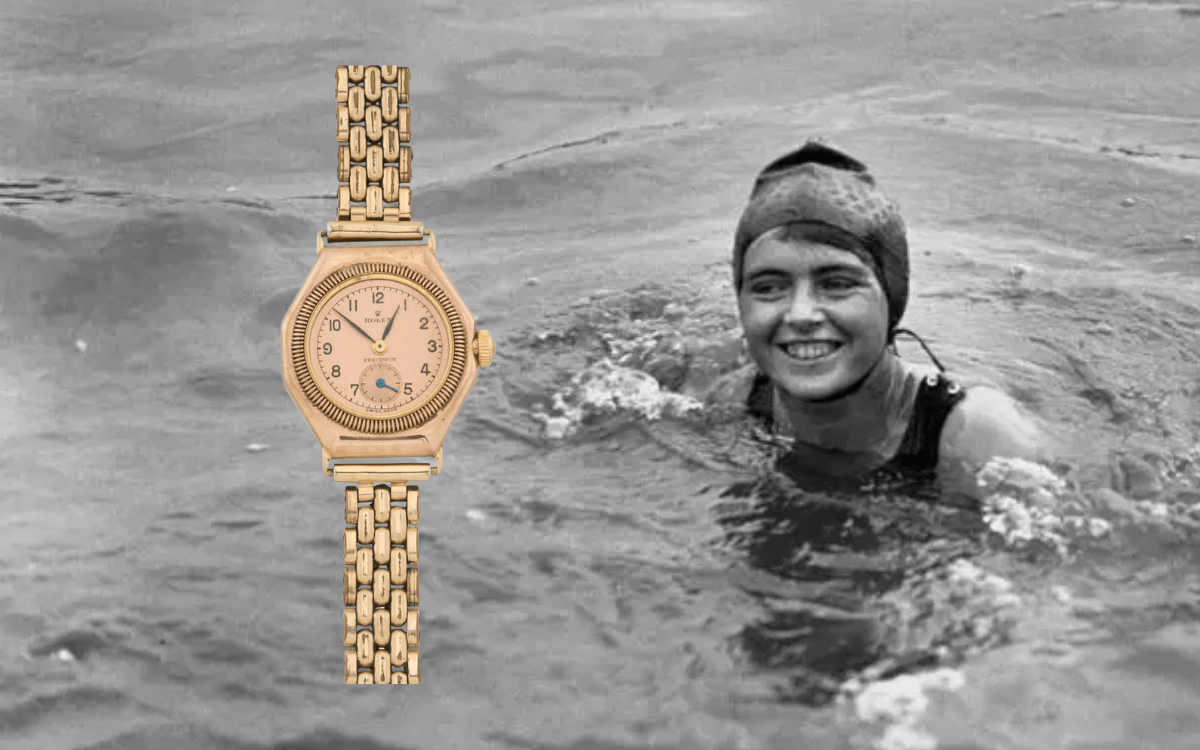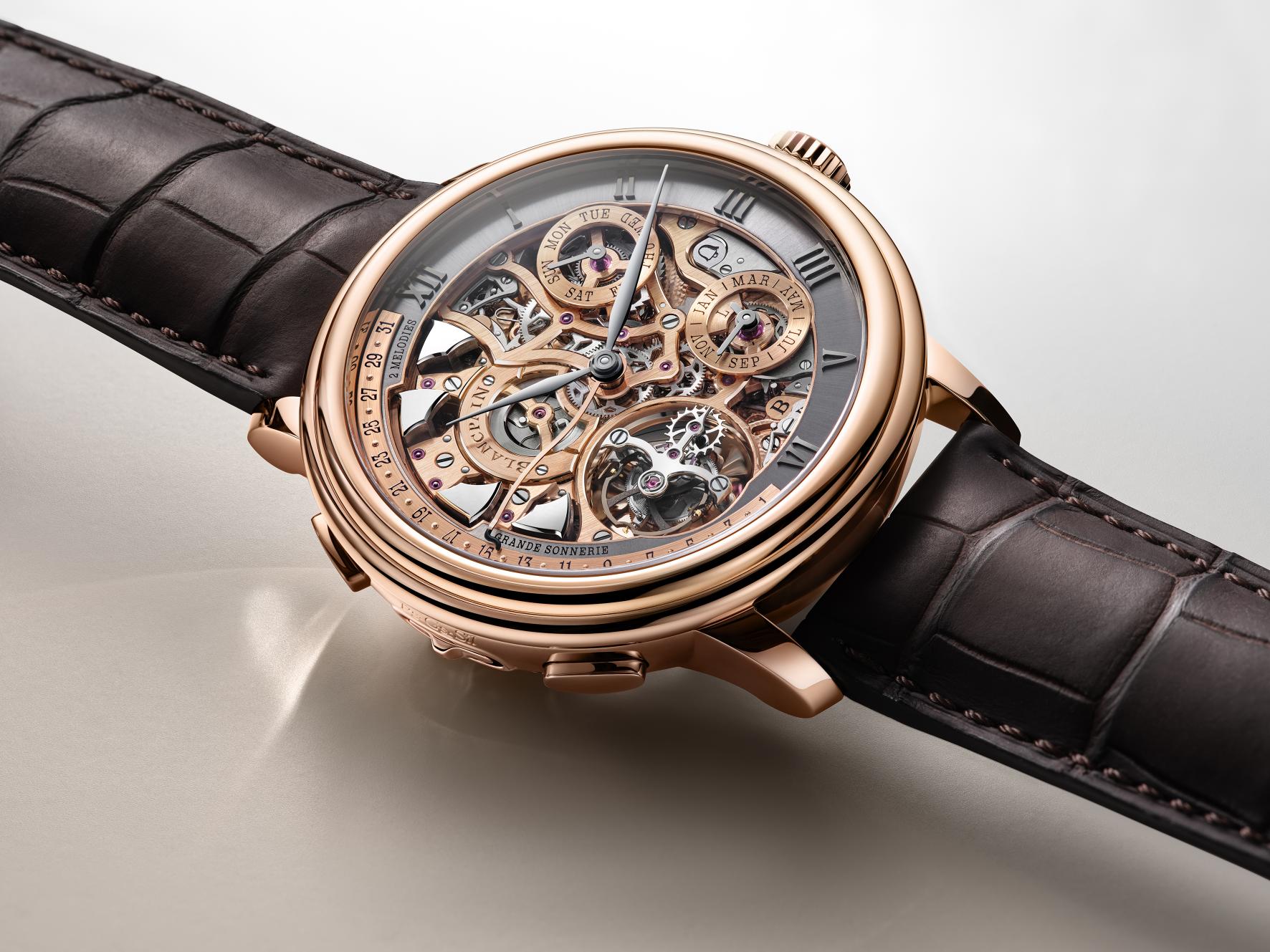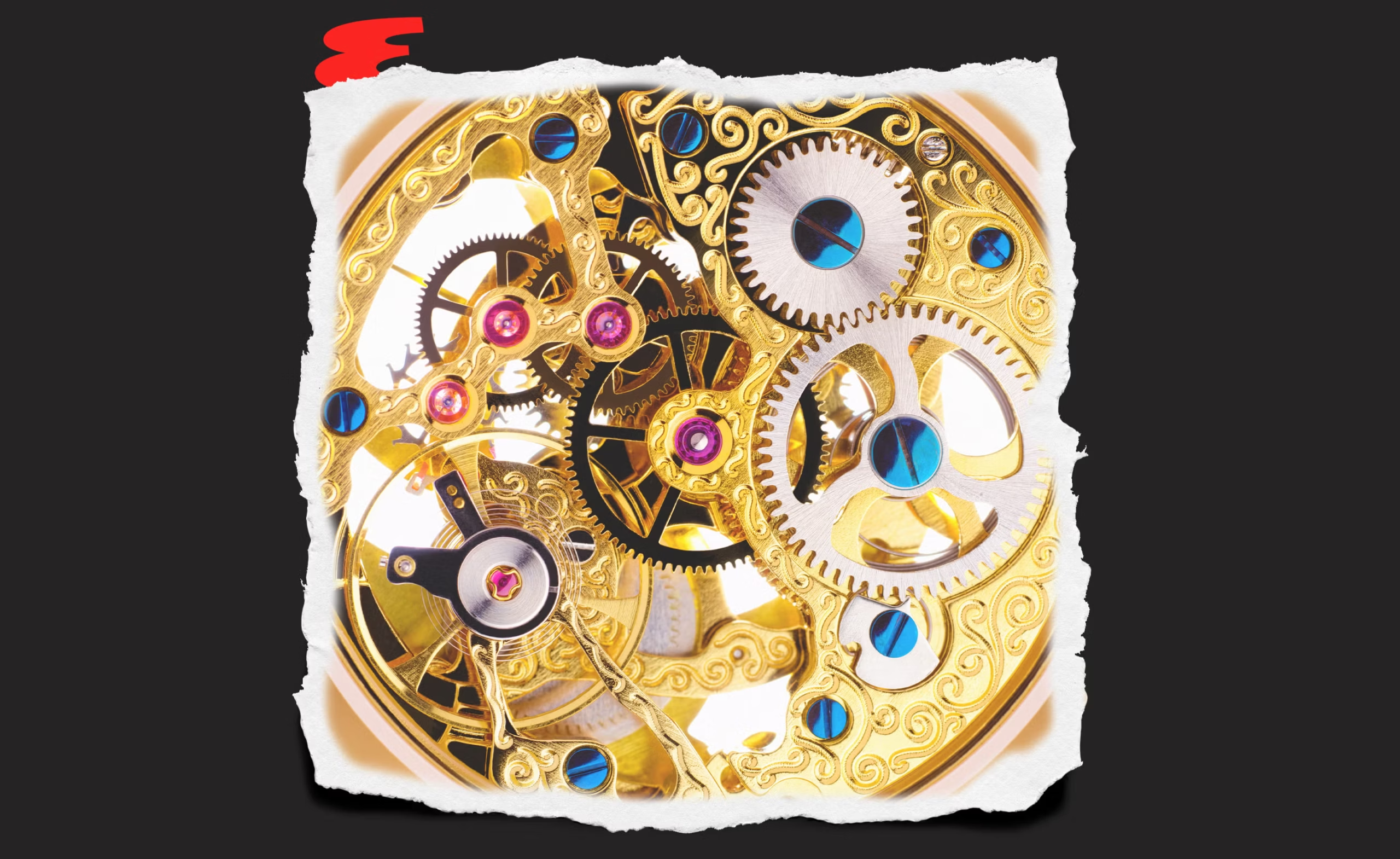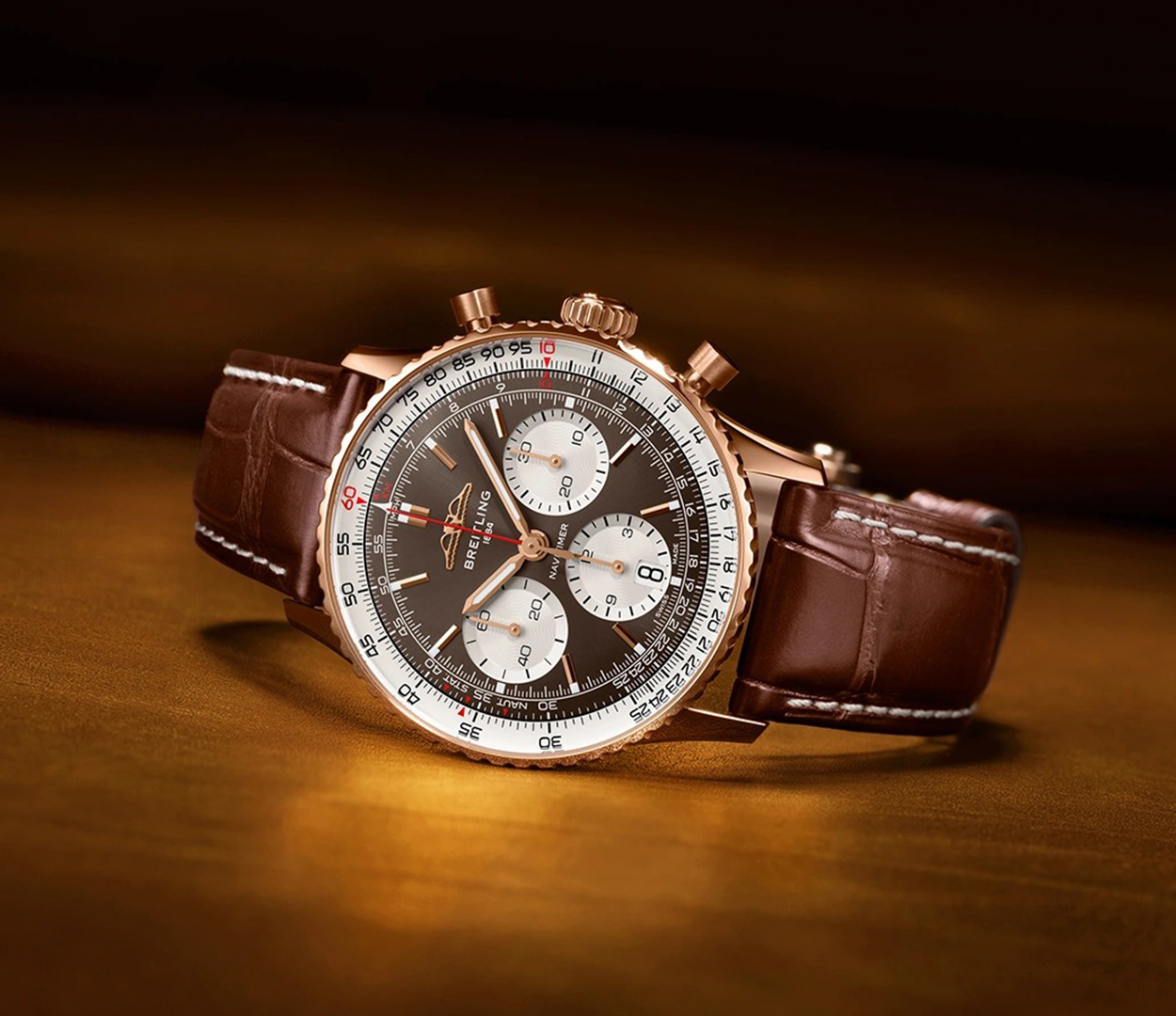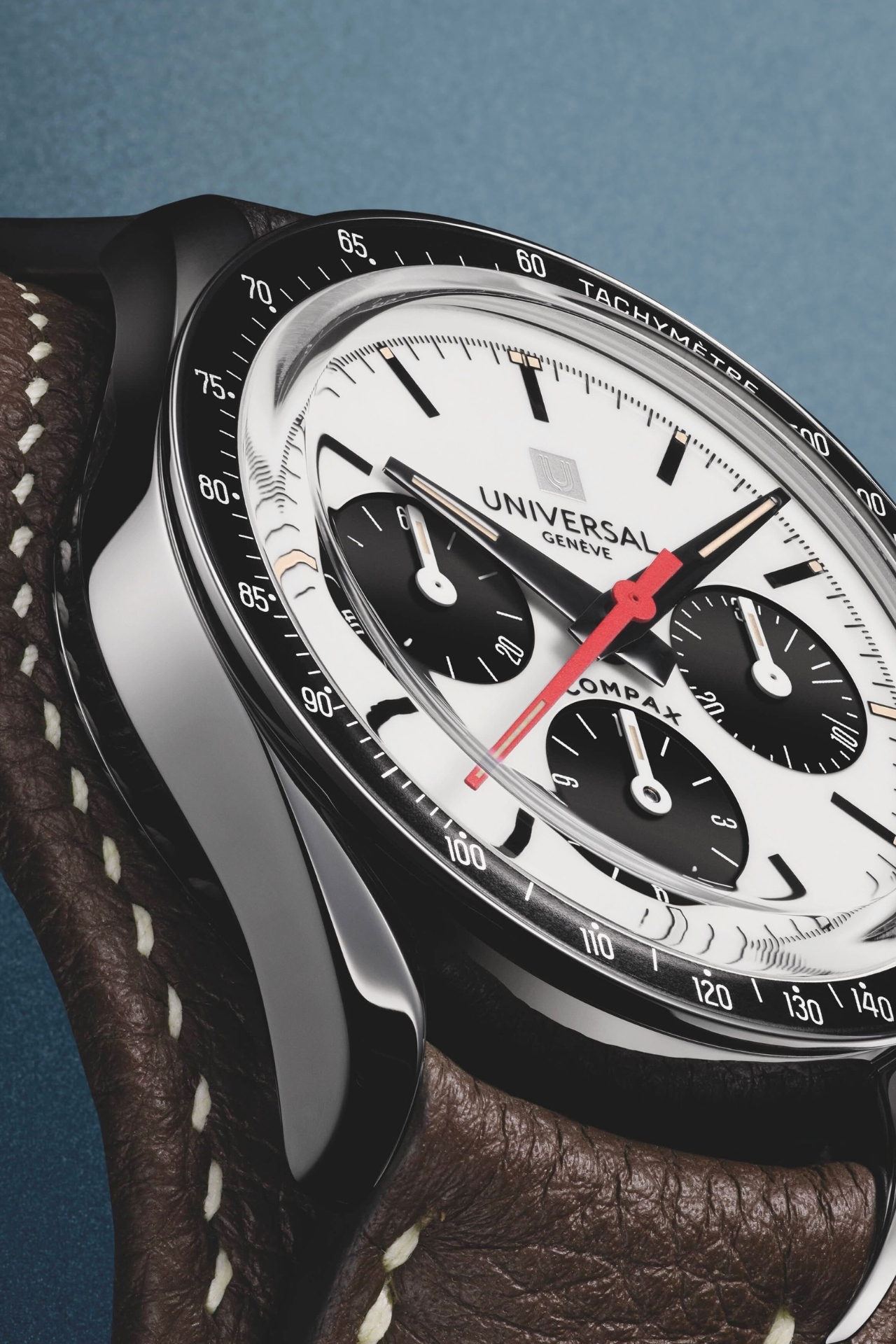The most underrated watches from 10 famous brands, from an affordable Rolex and a military-grade Tissot
Look beyond the obvious options and you might just land on something better
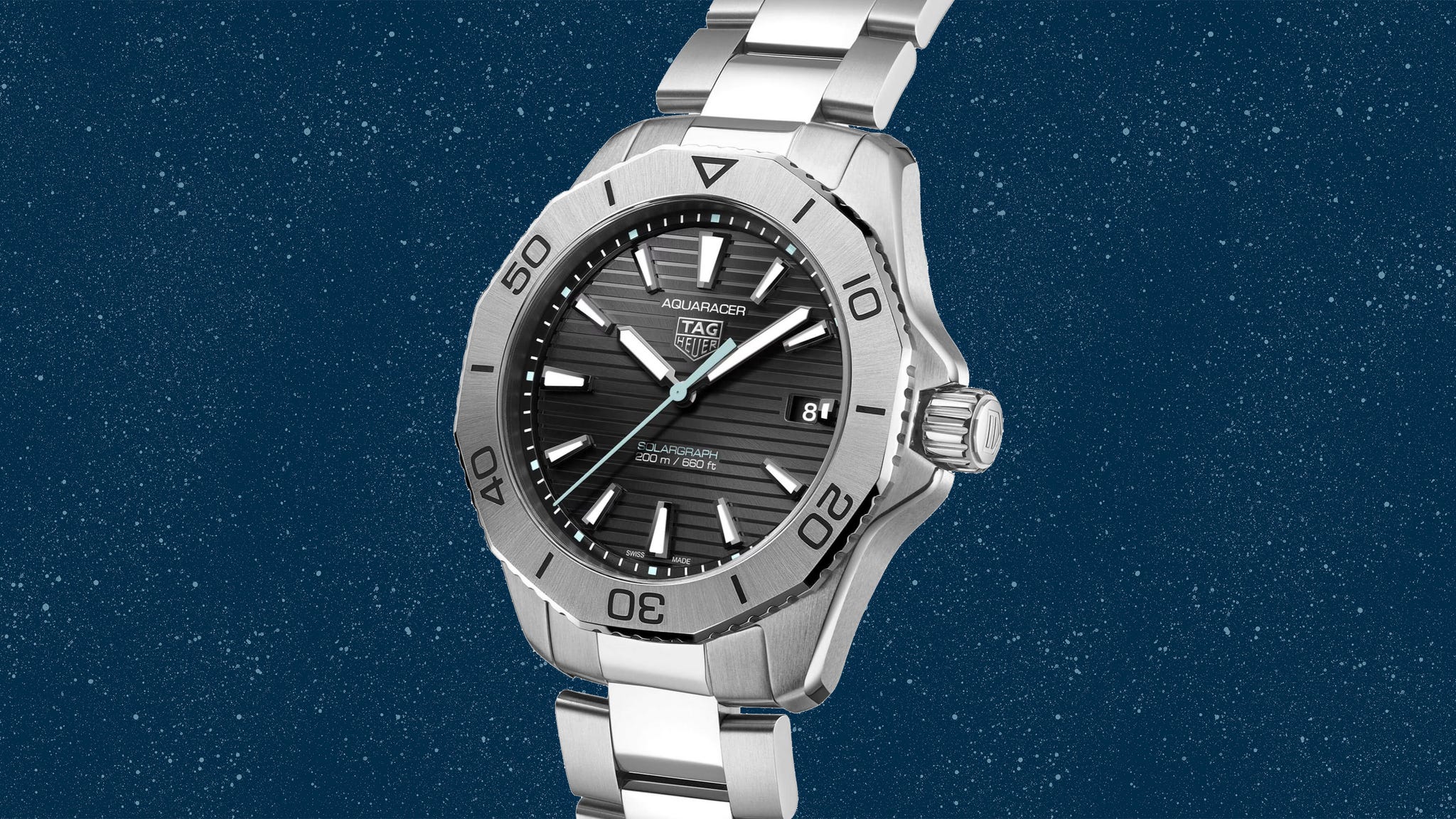
WE ALL KNOW THESE WATCH BRANDS – Rolex, TAG Heuer, Cartier. But this story isn’t about their flagship models or cult favourites, but the under-the-radar pieces that rarely get the attention they deserve.
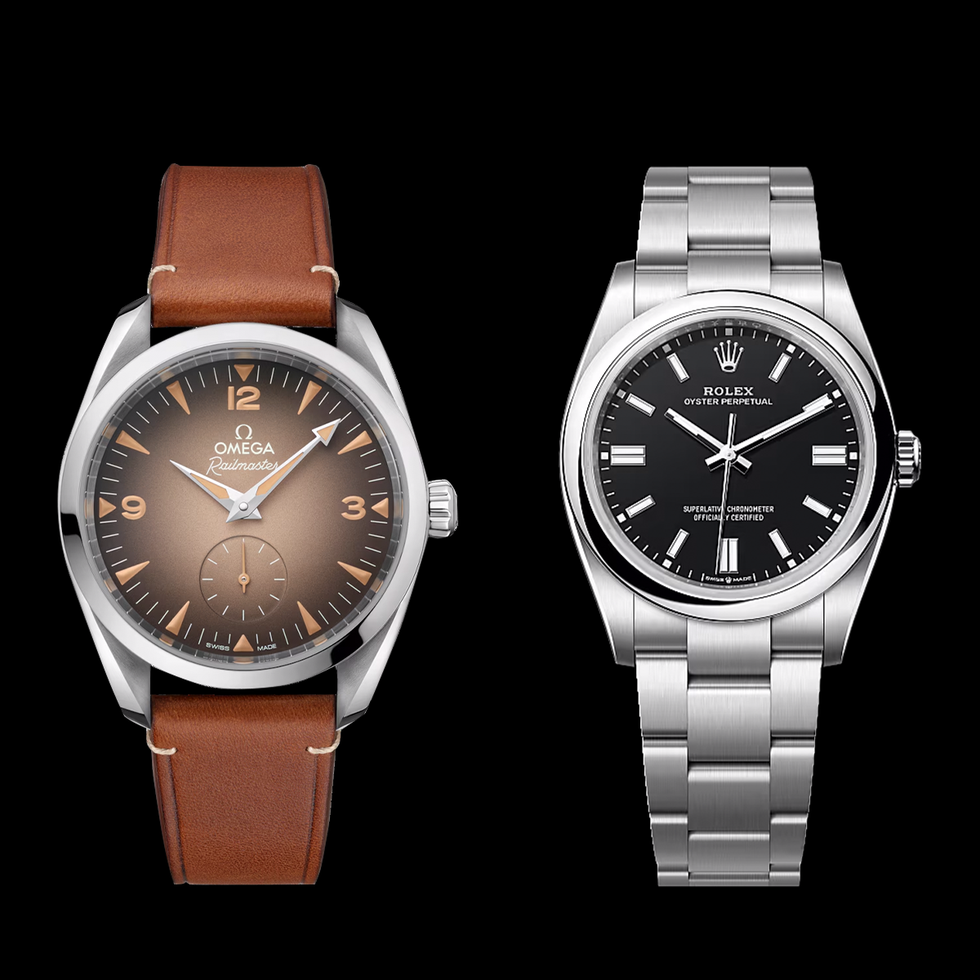
Omega Railmaster
We all know Omega – famed for the Speedmaster that took astronauts to the moon, and the Seamaster that took James Bond to a villain’s lair inside a volcano (and other improbable locations).
But there’s another “Master” in the family that deserves more love: the Railmaster.
Launched in 1957 alongside its more famous siblings, it’s very much the Paul Gallagher to Liam and Noel – still part of the family, but not the one most people can name.
Originally built with professionals in mind – scientists, engineers and railway workers – the Railmaster used a clever Faraday cage to fend off magnetic fields, way before magnetism was even on most watchmakers’ radar.
That origin story – a genuine tool watch with features you’ll likely never need but are glad to know are there – is precisely the kind of narrative that gets watch guys going. And yet the Railmaster remains stubbornly underappreciated.
Reissued in 2017 as part of the 60th Anniversary Trilogy and refreshed again this May, the simple model – the closest the brand has to a field watch – pairs timeless, vintage-inspired style with the kind of mechanical excellence that defines Omega’s reputation.
Available in two styles – central seconds and small seconds – each version is housed in a tidy 38mm stainless steel case, water-resistant to 150 metres.
The new Railmasters – officially, and somewhat confusingly, Seamaster Railmasters – run on Omega’s co-axial Master Chronometer calibres 8806 and 8804, delivering modern standards of precision and magnetic resistance.
Certified by METAS, both movements shrug off magnetic fields up to 15,000 gauss while no longer needing a Faraday cage.
There’s two dial options: a grey gradient with crisp white lume, or beige with retro-toned lume, both sporting the handsome “broad arrow” hands that nod to the original.
Starting at $10,125, the Railmaster undercuts every Speedmaster and most Seamasters at retail. It may lack lunar credentials or a cinematic alter ego, but its vintage charm more than earns it its place in the line-up. It’s technically advanced, yet pleasingly straightforward.
A “sleeper” hit, in name and nature.
Rolex Oyster Perpetual 36
Calling any watch in the catalogue of Rolex, the world’s biggest horology brand with a reported turnover of more than $18bn and a third of all Swiss watch sales, underrated might seem contradictory. But everything’s relative.
While flashier models like the Submariner, GMT-Master II and Daytona grab most of the headlines – see this year’s Wimbledon – there is a model in the line-up that’s both understated and underrated, its simplicity being the essence of its appeal.
The Oyster Perpetual 36 delivers core Rolex quality, without the waitlists, hype or hefty price tag.
Inside, it runs on Rolex’s calibre 3230, with a solid 70-hour power reserve and COSC-level accuracy of −2/+2 sec/day. It also has a chronergy escapement – a nickel‑phosphorus component that is anti‑magnetic and increases efficiency and reliability.
The case is made from Rolex’s own super-tough Oystersteel, with water resistance up to 100 metres. Add the brushed Oyster bracelet and polished bezel, and you’ve got a watch that’s sharp, low-key and timeless.
A decade ago, a 36mm watch might’ve been dismissed as hilariously effeminate on most men’s wrists. Nowadays, the refined, understated look of smaller watches – harking back to classic mid-century styles – feels right: traditional, versatile and chic.
The dial is time-only – no date, no complications – making it one of the most legible and uncluttered Rolex models available.
Colour options range from black and silver to a more recent Instagram-ready Skittles palette, though going classic will always have more enduring appeal.
For buyers after a true daily watch – robust, refined, discreet but crucially still a Rolex – it represents excellent value.
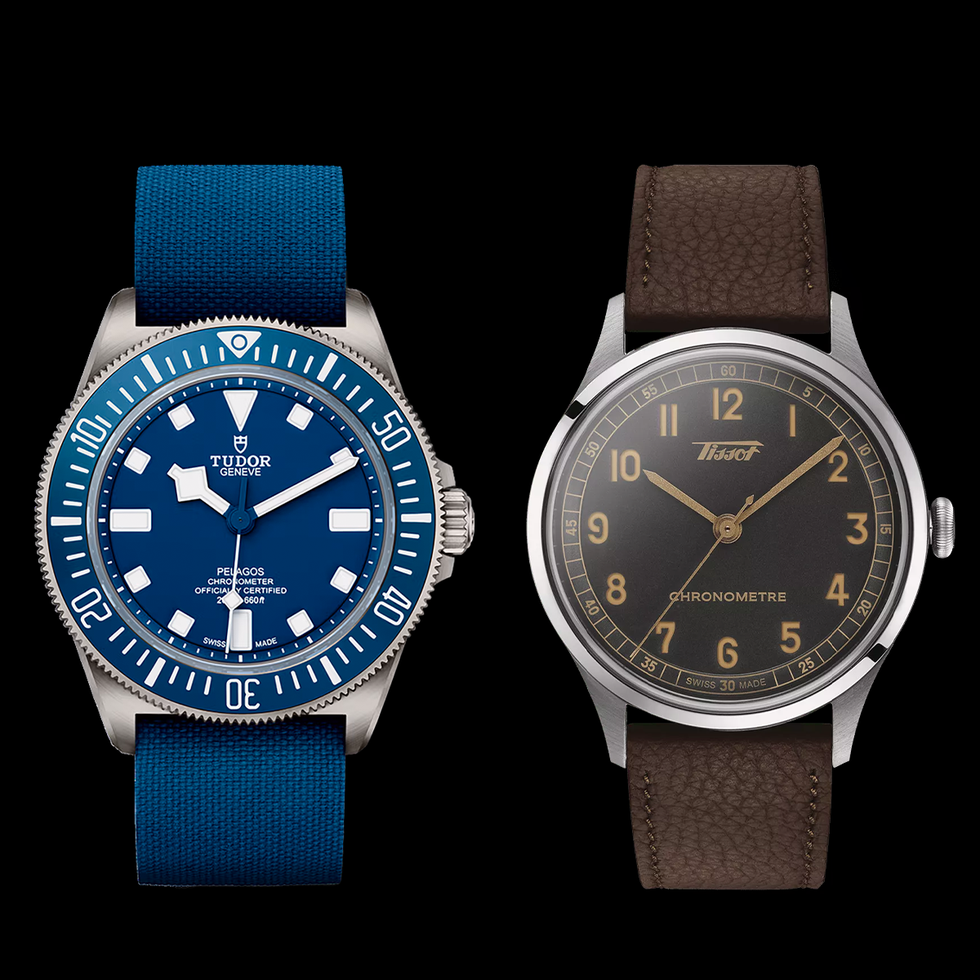
Tudor Pelagos FXD
Since its launch in 2012, the Tudor Black Bay has become the brand’s flagship, spawning dozens of variants – Black Bay 58, Black Bay Pro, Black Bay GMT, Black Bay Ceramic and more – making the well-priced diver’s design language the face of both its marketing and retail presence.
Yet other Tudors do exist, including the Pelagos, Ranger, Royal and Clair de Rose.
Then there is the Pelagos FXD, one of the most overlooked tool watches in Tudor’s current collection. While the BB58 gets all the props for nailing vintage-inspired appeal, the FXD leans the other way – into modern, military-grade functionality.
Born from a collab with the French Navy, the FXD – short for “fixed lugs” – keeps things functional and fuss-free. Its 42mm titanium case is light but tough, and the fixed bars dial up the ruggedness, even if they rule out a metal bracelet.
With its matte case, chunky crown and countdown bezel, the FXD channels serious dive utility, while its Black Bay cousins lean more toward lifestyle.
Water-resistant to 200 metres, it’s powered by a COSC-certified movement with a 70-hour reserve and strong resistance to shocks and magnetism.
Sure, it doesn’t have the vintage charm or crowd-pleasing appeal of the Black Bay. But if you’re after a true modern tool watch with real military credentials, the Pelagos FXD stands apart – one of the most capable, no-nonsense pieces in Tudor’s lineup.
Tissot Heritage 1938
Tissot’s PRX became a runway hit because it perfectly tapped into the surging demand for affordable integrated-bracelet sports watches – a style popularised by far pricier icons like Audemars Piguet’s Royal Oak and Patek Philippe’s Nautilus.
With its sleek 1970s design, solid Swiss build, automatic and quartz options and sub-$2k price point, the PRX became a no-brainer for new enthusiasts and collectors alike.
That same energy deserves to carry over to some of Tissot’s other offerings – especially the more traditionally styled Heritage 1938.
Based on a 1930s design pulled from Tissot’s archives, the Heritage 1938 keeps things classic with its vintage-style dial, Arabic numerals, railway minute track and refined leaf hands.
Available in a clean time-only version or with a small seconds sub-dial, both sit in a compact 39mm case that wears comfortably and would look just fine in settings both smart and casual.
Starting at £780, the Heritage 1938 offers good value with a Swiss ETA automatic movement, sapphire crystal and exhibition case-back.
It doesn’t have the PRX’s marketing muscle or TikTok buzz, but it offers something else entirely: timeless design grounded in interwar-era watchmaking heritage.
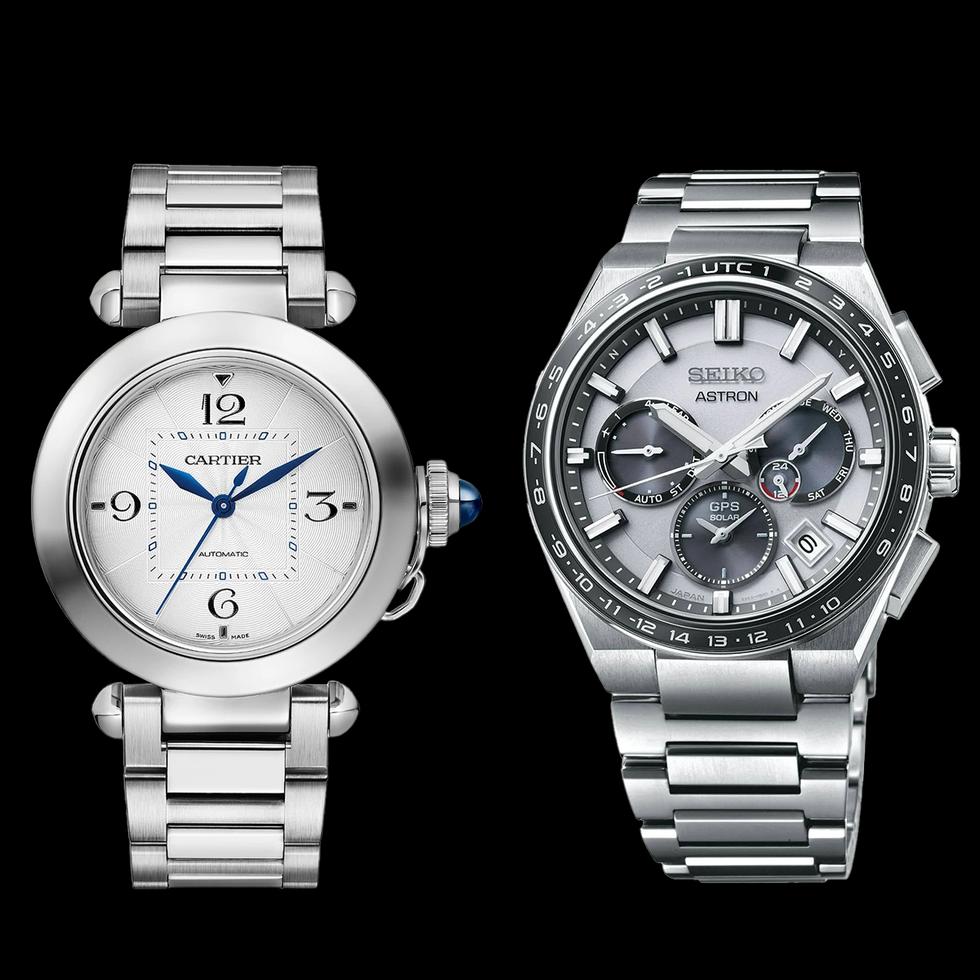
Cartier Pasha de Cartier
Cartier’s Pasha is often underrated because it lives in the shadow of the brand’s more iconic models like the Tank and Santos, which have clearer design lineage and broader recognition.
The Pasha, with its bold, round case, screw-down crown cover and distinctive Art Deco roots, breaks from Cartier’s traditionally square or rectangular aesthetic – making it harder to categorise and, historically, less embraced by purists and rappers.
Launched in the 1980s (though inspired by a 1930s design allegedly made for the Pasha of Marrakech), it was one of Cartier’s first luxury sports watches with serious water resistance, yet it arrived at a time when angular designs were in vogue.
Its unconventional mix of sportiness and elegance didn’t align neatly with trends, leading it to be overlooked by collectors chasing icons with stronger tool-watch heritage.
That said, modern iterations – especially the revamped Pasha de Cartier models – feature in-house movements, quick-change straps and even a moon phase, that respect the original spirit, offering something different: a luxury watch that’s bold, playful, and genuinely individual, rather than retro or derivative.
Seiko Astron
Despite carrying one of the most important names in horology – the original 1969 Seiko Astron 35SQ being the world’s first quartz wristwatch, accurate to within +/- 0.2 seconds a day at a time when mechanical watches didn’t come close – the modern Astron line flies largely under the radar.
In 2012, Seiko revived the name with the Astron GPS Solar, once again breaking new ground as the first watch to sync with global time zones via satellite signals.
Able to lock onto GPS, adjust to any time zone on Earth and run entirely on light, it offered atomic-clock accuracy without relying on radio towers or internet – a level of technology still unmatched by most rivals.
And yet, the watch remains something of an outlier.
Seiko fanboys usually gravitate instead to the retro charm and value of Seiko 5 Sports, the rugged appeal of Prospex divers or the refined luxury of sibling brand Grand Seiko.
Despite its technical brilliance, the Astron is frequently passed over.
Blame the quartz stigma, the $3,750price tag that feels steep for a Seiko or the whizzy, tech-forward design which runs counter to the current taste for simpler, vintage-inspired wristwear.
But for those who value function over nostalgia, the Astron quietly stands as one of the most advanced tool watches on the market.
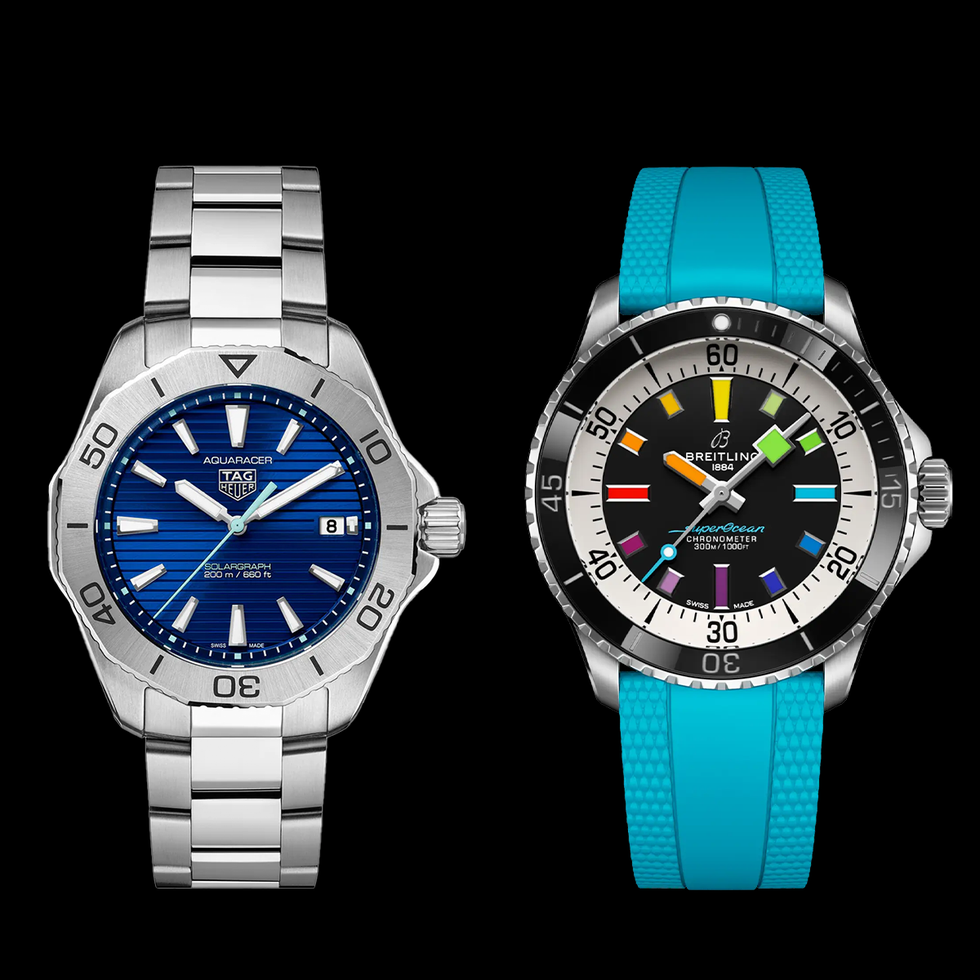
TAG Heuer Aquaracer Professional 200 Solargraph
Here’s a watch full of smart, efficient features – that seems to routinely get passed over.
Powered by light, the TAG Heuer Aquaracer Professional 200 Solargraph uses solar energy to keep ticking – two minutes of sunlight can charge it for a full day, a full day in the sun charges it for six months.
That means no battery change and very little maintenance, which should be a big win for anyone after a reliable, everyday watch (ie: lots of people).
Compared to other watches in Tag Heuer’s lineup – like the Carrera or Monaco – the Solargraph doesn’t compete on mechanical movement or racing heritage.
Instead, it stands out as a high-quality quartz watch with solid diving credentials, dating back to the Heuer 2000 Series, launched in 1982 by horology royalty Jack Heuer.
It’s built for durability too, with 200-meter water resistance, a ceramic bezel and – in some versions – a lightweight titanium case
Its value may paradoxically work against it – costing up to a third less than many automatic Aquaracers, yet offering greater convenience and everyday usability. For many collectors, the stigma around quartz watches lingers, even advanced solar models.
Their loss. This is a stylish, low-maintenance tool watch designed for the real world – charging in minutes, running for months.
Breitling Superocean Automatic 42
Chunky, capable and occasionally very colourful, the Breitling Superocean Automatic 42 offers strong value in the competitive luxury dive watch segment, with an entry price of £4,400 that positions it well against rivals like Omega’s Seamaster Diver 300M and Tudor’s Black Bay.
With 300-metre water resistance, Breitling’s calibre 17 automatic movement and solid stainless-steel construction, plus shock-, sand- and saltwater-resistance, the Superocean Automatic checks all the boxes of a true professional dive watch.
Yet despite these credentials, it remains one of the more overlooked models in Breitling’s modern lineup.
That’s partly due to the brand’s emphasis on its aviation icons – the Navitimer and Chronomat – which command more attention and marketing. More recently, Breitling has also spotlighted its retro-styled Superocean Heritage line, with its dressier, 1960s-inspired aesthetic.
The Superocean 42, by contrast, is stripped-back and utilitarian – lacking the visual flash of its siblings but offering excellent legibility, everyday practicality and solid underwater performance.
In a catalogue packed with chronographs and aviation design nods, there’s an argument to be made that it is the Superocean 42 that fully nails the brief for a proper tool watch you’ll actually use.
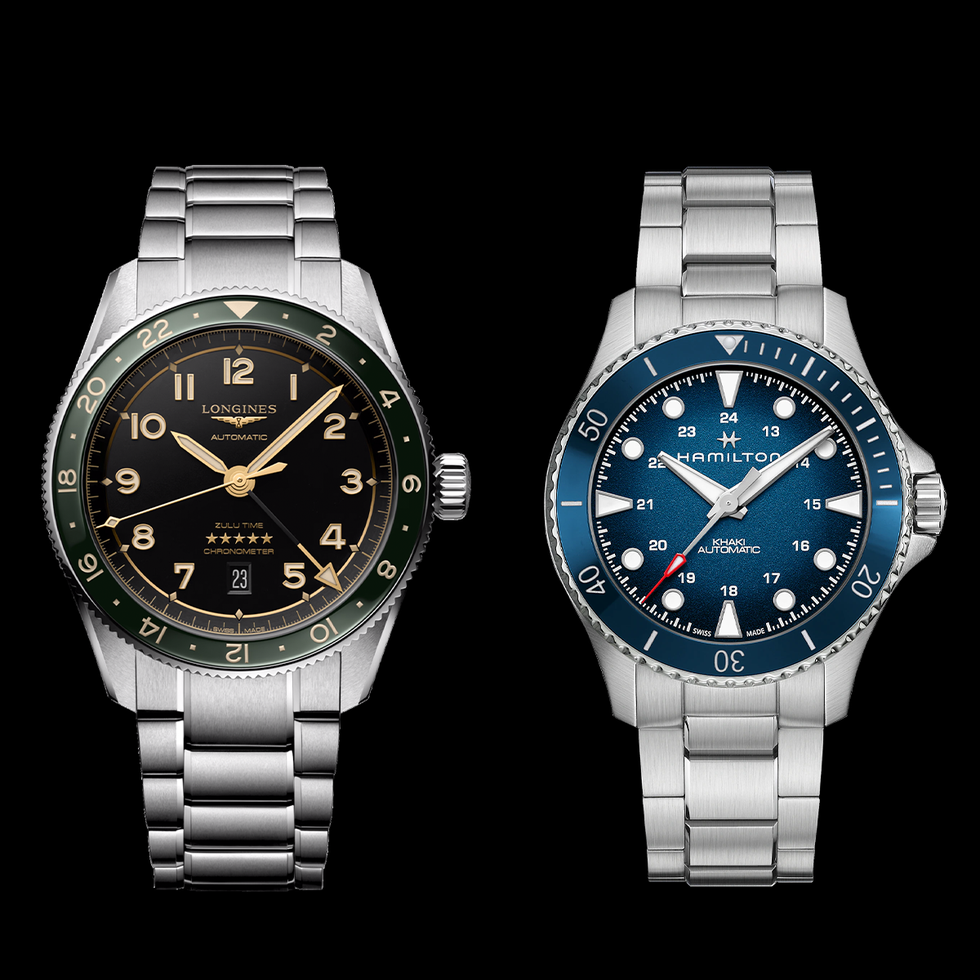
Longines Spirit Zulu Time
How is it that the Spirit Zulu Time remains one of the most overlooked watches in Longines’ lineup, despite offering features found in timepieces twice the price?
Chief among them is a true GMT movement – the local hour hand adjusts independently of the GMT hand, making it a legitimate travel companion.
It’s a complication usually reserved for far more expensive models from brands like Rolex and Grand Seiko, yet Longines more than holds its own in both engineering and execution.
The company is best known in enthusiast circles for its HydroConquest dive watches and vintage-inspired Heritage reissues. The Zulu Time doesn’t fit neatly into either camp – it’s not a diver, not a reissue, not an obvious tool watch – which makes it harder to categorise.
The “Zulu Time” name harks back to a 1925 dual-time pilot’s watch by Longines and references the aviation term for GMT.
The brand’s aviation pedigree is real – its instruments accompanied early pioneering pilots including Amelia Earhart and Howard Hughes.
The watch itself is an admirable exercise in restraint – polished casework, ceramic bezel, crisp dial and an excellent bracelet with micro-adjustment.
In short, the Spirit Zulu Time nails what watch enthusiasts value most: a true GMT complication, travel-tough specs and a story rooted in real aviation heritage.
It’s easily one of the most compelling GMTs you can get without stepping over £3k.
Hamilton Khaki Navy Scuba Auto
The Khaki Navy Scuba Auto might be one of the best-kept secrets in Hamilton’s lineup: a Swiss-made diver with legitimate specs, powered by an upgraded movement and priced well below what you’d expect.
It runs on Hamilton’s H-10 movement – an upgraded ETA base calibre with a weekend-spanning 80-hour power reserve. The rest of the watch is equally practical: 200 metres of water resistance, a screw-down crown, sapphire crystal, and, in newer versions, a ceramic bezel.
None of it is groundbreaking, but together it adds up to something solid – well thought out, reliable and built for daily wear.
Stylistically, it leans into Hamilton’s military roots – clean, legible and functional without tipping into overly macho territory.
At 43mm, it sits on the chunky side, but the proportions are well judged. It wears with presence without feeling too much– well-suited to those who still prefer the bolder dimensions of a traditional dive watch.
Within Hamilton’s Khaki lineup, the Scuba Auto quietly outperforms many of its field and aviation siblings in both water resistance and overall build quality.
Look beyond the brand, and it holds its own against rivals like the Tissot Seastar and entry-level Oris divers – all while carrying the added weight of Hamilton’s tool-watch roots and cinematic pedigree.
A commendable watch that deserves some more time in the sun.
This story originally appeared on Esquire UK
Related:
Engagement ring? We’re more interested in Taylor Swift’s watch












